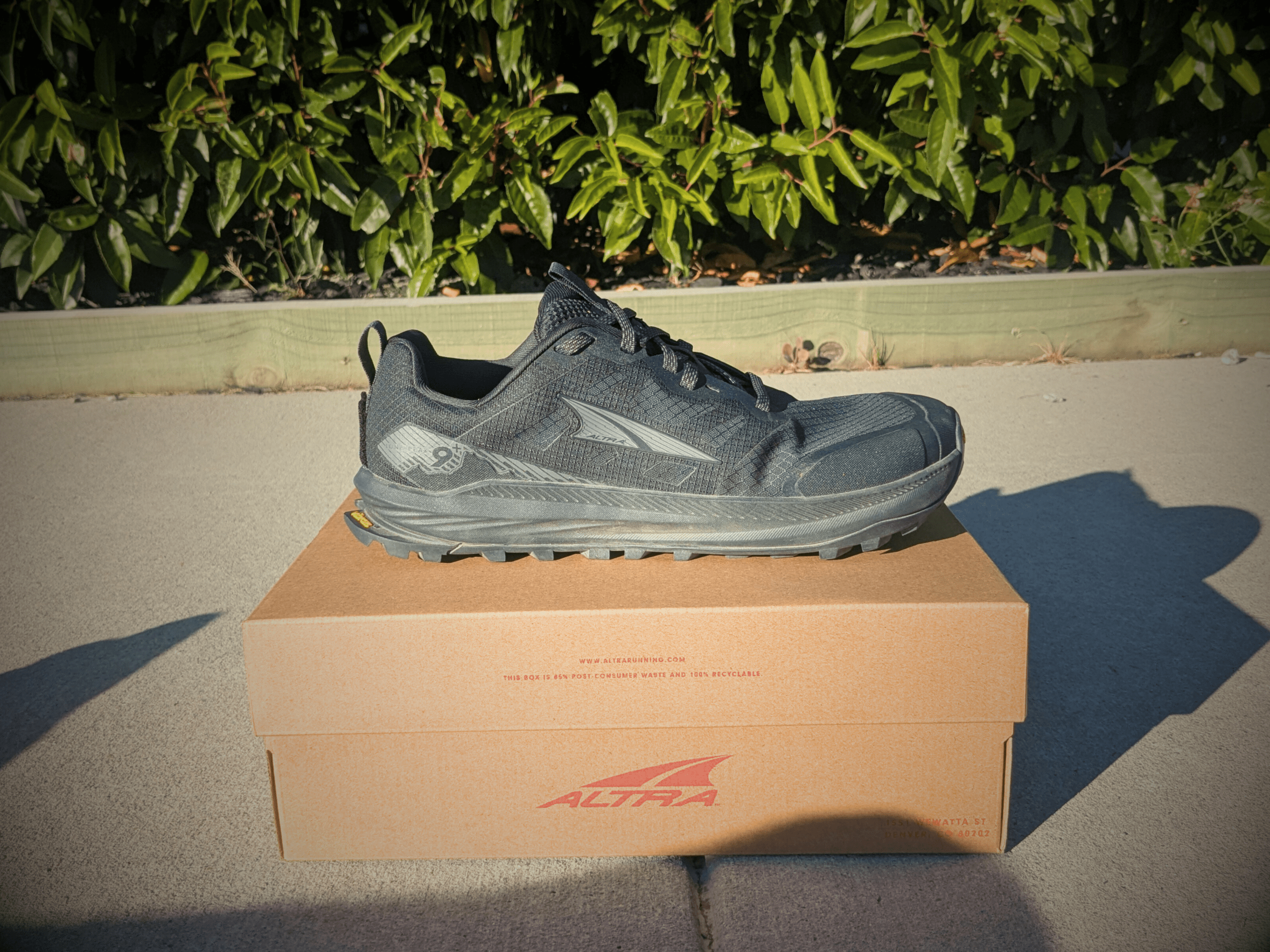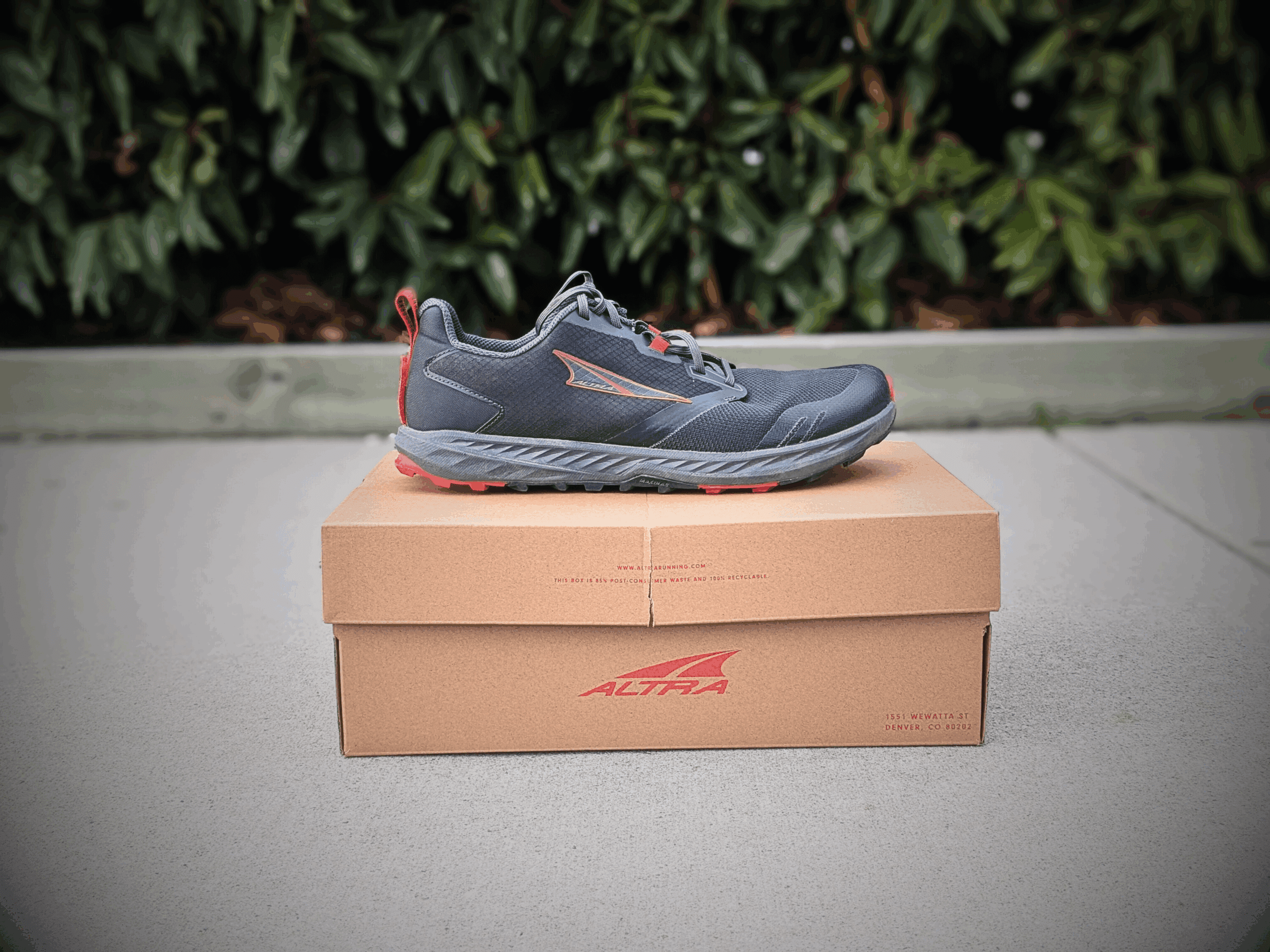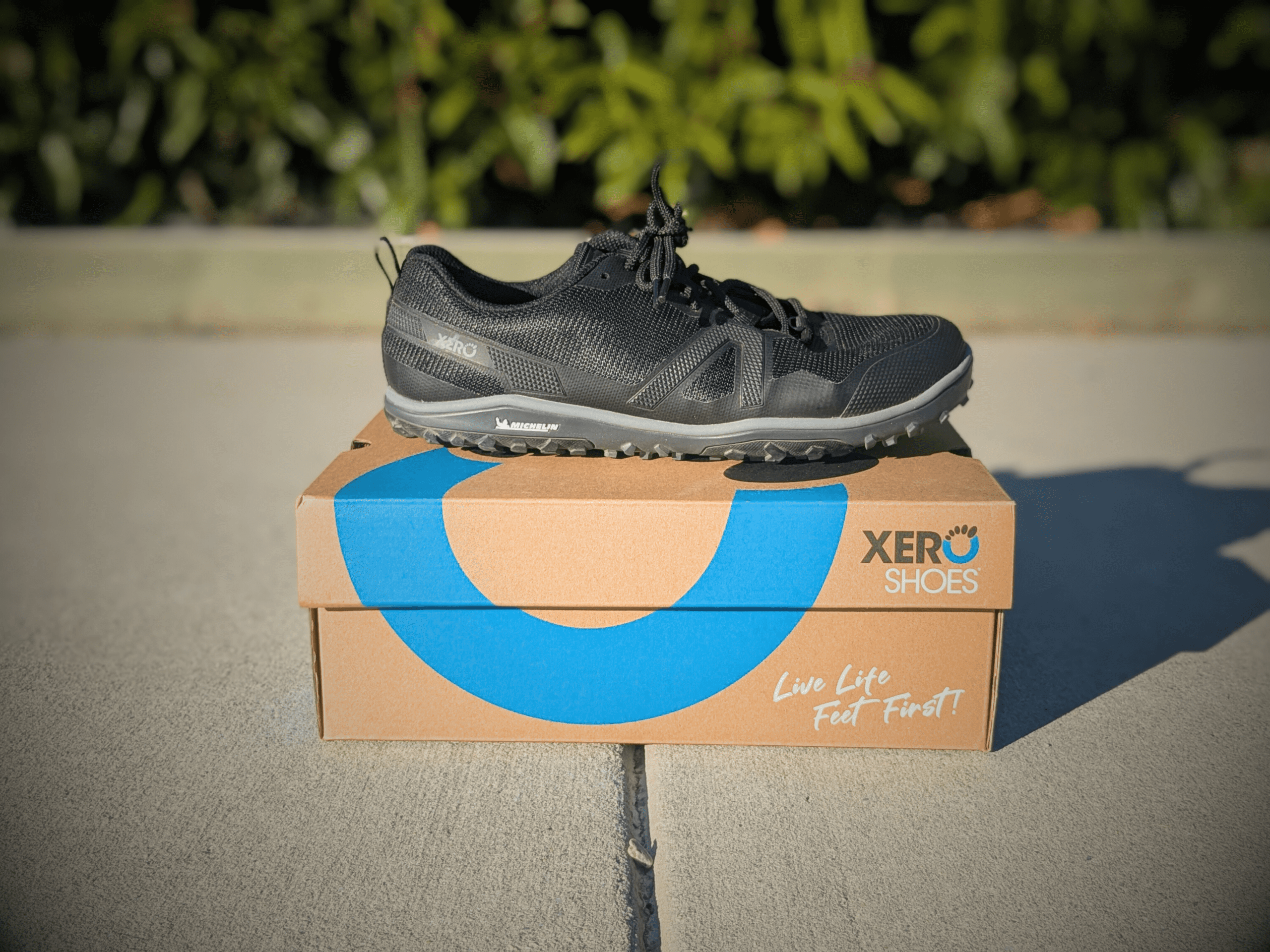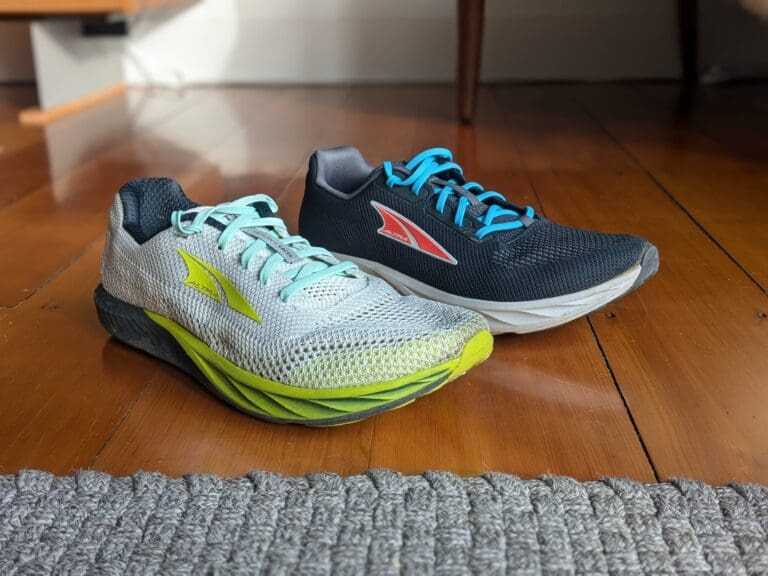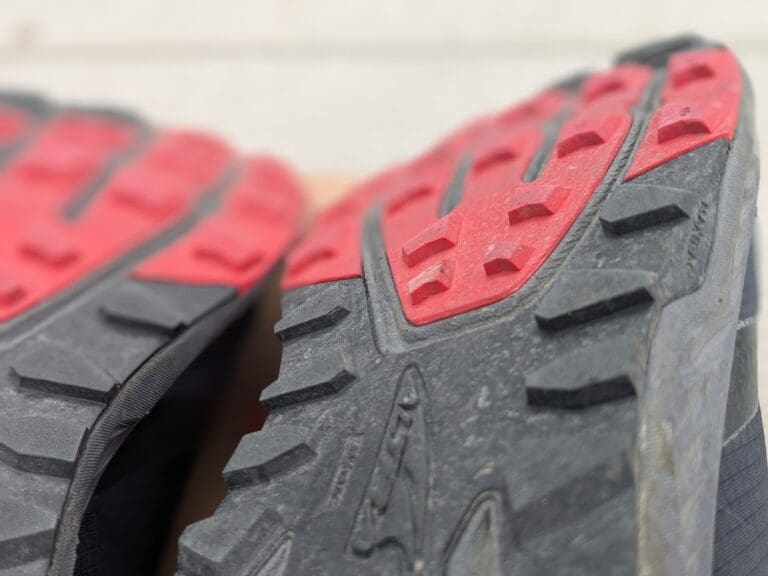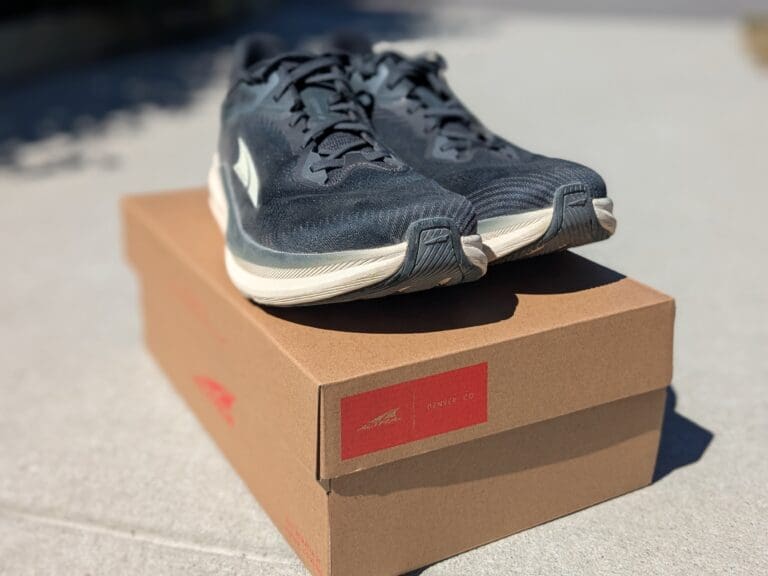Looking for zero drop hiking shoes that won’t leave your feet screaming after a long day on the trail?
After testing dozens of zero drop trail shoes, I’ve discovered that most hiking shoe reviews completely ignore the growing world of zero drop options. They’ll tell you about ankle support and rigid stability, but what about natural foot function? Ground connection? The fact that your feet and ankles might actually be stronger and more stable without all that artificial support – if you train them properly.
When I talk to hikers about zero drop options, the same concerns surface repeatedly. Will they provide enough protection on rocky terrain? What about multi-day comfort? And everyone’s favorite question – don’t you need ankle support?
If you want to see my Top 4 picks, just go straight to Top Zero Drop Hiking Options
I’ve spent considerable time testing zero drop hiking shoes on diverse terrain types, from smooth single track to technical alpine routes. In this guide, I’m sharing my top picks that genuinely work for trail conditions – not just running shoes that someone decided to take hiking. For more trail running-specific options, also check out my top barefoot trail running shoes for 2025. Whether you’re transitioning from heavy boots or you’ve been hiking in minimal shoes for years, these recommendations are based on real trail testing, not marketing claims.
I’m focusing exclusively on trail shoes in this roundup, not hiking boots. For most hiking conditions, boots simply aren’t necessary, and they actively hinder foot and ankle health through their stiff construction and high-top design that prevents natural ankle mobility. To better understand road vs trail barefoot shoes, the key differences come down to protection and traction needs. Granted, there’s a small percentage of time when boots are beneficial – I just don’t think it’s as often as the industry would have you believe.
Affiliate Disclosure: By clicking through the links on this page and purchasing the products, you’ll be helping me out. This is done because I receive a kickback from the sellers at no extra cost to you! Thank you so much for supporting us!
Traditional hiking boots follow 50-year-old assumptions about foot stability and protection. This design worked in high alpine, muddy and rocky conditions, but let’s be serious – many trails we encounter today are more similar to sidewalks than technical mountain terrain.
Which Altra Shoe is for you?
Take a quick 4-question quiz to identify the perfect Altra running shoe for your feet! You'll get both road and trail options based on your answers!
When I’ve compared traditional boots against zero drop shoes on similar terrain, the problems with elevated heels become obvious. On steep descents, the forward-leaning posture encouraged overstriding and heel striking. On technical terrain, the rigid soles prevented my feet from adapting to surface irregularities. If you’re curious about why zero drop running shoes make sense, these same principles apply even more strongly to hiking.
Zero drop hiking shoes level the playing field by keeping your heel and toe at the same height. Understanding the difference between barefoot, minimalist, and zero drop helps you choose the right level of minimalism for your hiking needs. Instead of the forward-leaning posture that elevated heels create, you maintain a more centered stance that’s naturally stable on uneven ground.
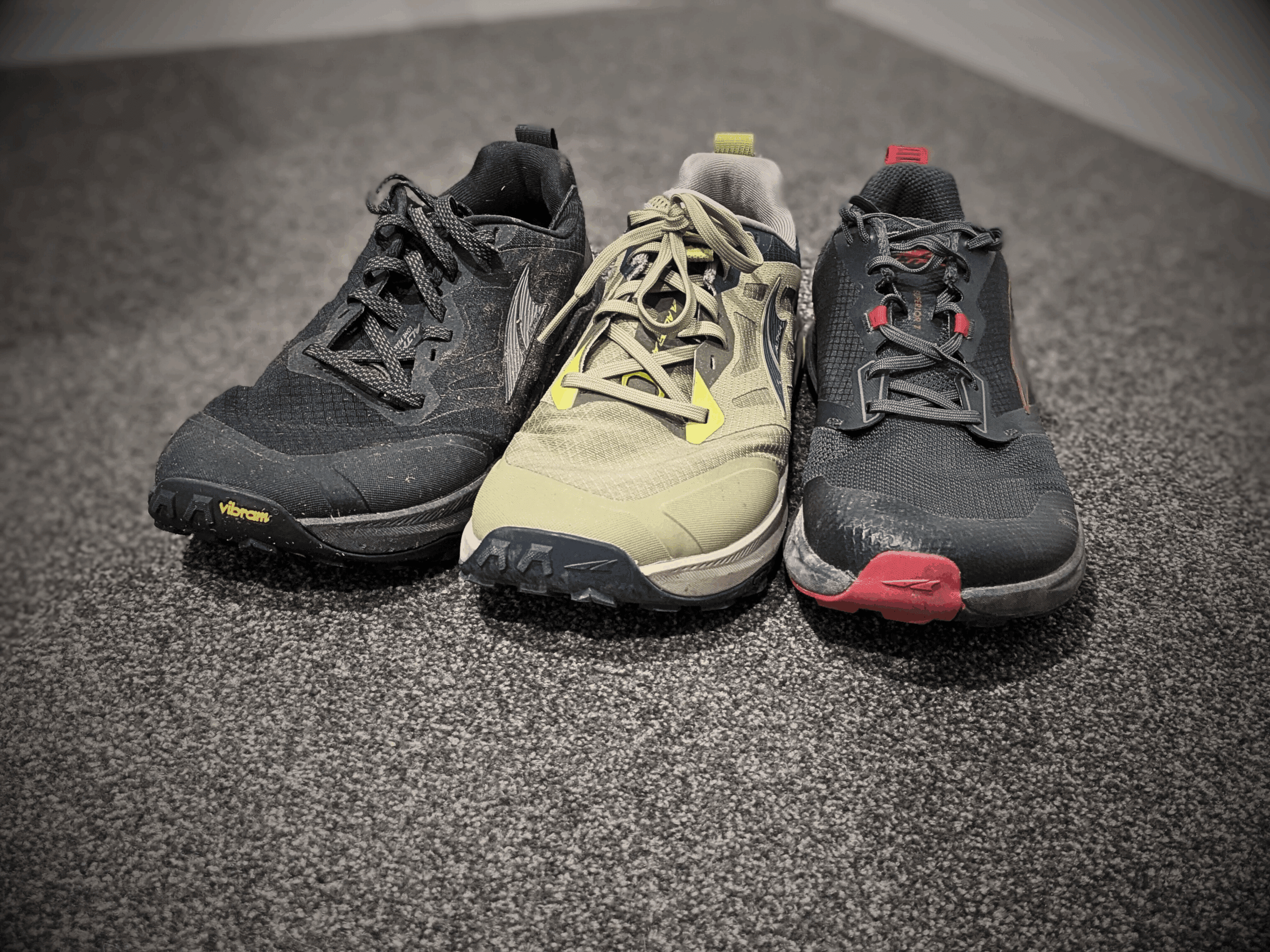
The proprioceptive benefits become even more important on technical trails than they do in running. When I’m navigating loose scree or wet rock, I need to feel that texture through my sole – the difference between solid ground and a rock that’s about to shift. Traditional boots with 20mm+ of rigid foam completely block this crucial feedback. With a 10-15mm flexible sole, I can actually sense when I’m about to step on something unstable.
Weight savings matter more than most hikers realize. Over a 15-mile day with 3,000 feet of elevation gain, the weight difference translates to significantly less leg fatigue and energy expenditure.
I’m not claiming zero drop solves every hiking challenge. The transition takes patience, especially if you’ve been hiking in boots for years. Finding the right shoe for your specific foot shape and hiking style is crucial. But after three years of testing both approaches on identical terrain, I believe the benefits far outweigh the adjustment period for most hikers.
Protection vs Ground Feel Balance
The biggest challenge in zero drop hiking shoes is balancing protection with the ground connection that makes them effective. Too much cushioning and you lose the proprioceptive benefits that improve your balance and foot strength. Too little, and you’ll be feeling every pebble through your sole after a few miles, which can lead to injury.
After years of testing, I’ve found my sweet spot at around 10-15mm of sole thickness for most hiking conditions. This provides enough protection for rocky terrain while maintaining the ground feel that improves balance and foot awareness. For smoother trails, I can go as thin as 8mm. For sustained sharp rock terrain, I need up to 21mm.
For technical rocky terrain, you need enough sole thickness to protect against sharp edges while still allowing your foot to adapt to surface irregularities. When hiking on granite slabs or similar technical rock, you should be able to feel texture and angles through your sole while avoiding bruising from sharp edges. That’s the balance you’re looking for.
Load-Bearing and Terrain Considerations
Hiking with a pack changes everything about how your shoes need to fit and perform. Pack weight dramatically changes how shoes perform. The extra weight shifts your center of gravity forward and increases impact forces significantly. Your feet will also swell more than during running, especially on multi-day trips.
Volume accommodation becomes critical for overnight hiking. Shoes that feel perfect on day hikes might become tight and uncomfortable when your feet swell during long days with a pack. This is a common issue that many hikers discover only after committing to multi-day trips.
Different trail conditions demand specific compromises in sole thickness, tread pattern, and upper protection. Rocky terrain needs more underfoot protection and reinforced toe bumpers. Muddy conditions require aggressive tread patterns with wide spacing that shed debris effectively. Technical scrambling terrain benefits from a closer, more precise fit that won’t slip during delicate moves.
Best All-Around Trail Shoe: Altra Lone Peak 9+
If I had to pick one zero drop shoe for general hiking, the Altra Lone Peak 9+ would be it. At 25mm stack height, it provides substantial protection for rocky terrain while maintaining the zero drop geometry that keeps your body in natural alignment on technical ground. I’ve put significant miles on these shoes across diverse terrain types.
The generous volume accommodation handles pack-induced foot swelling better than other zero drop trail shoes I’ve tested. You can comfortably wear thicker merino hiking socks, and your feet have room to expand without creating pressure points.
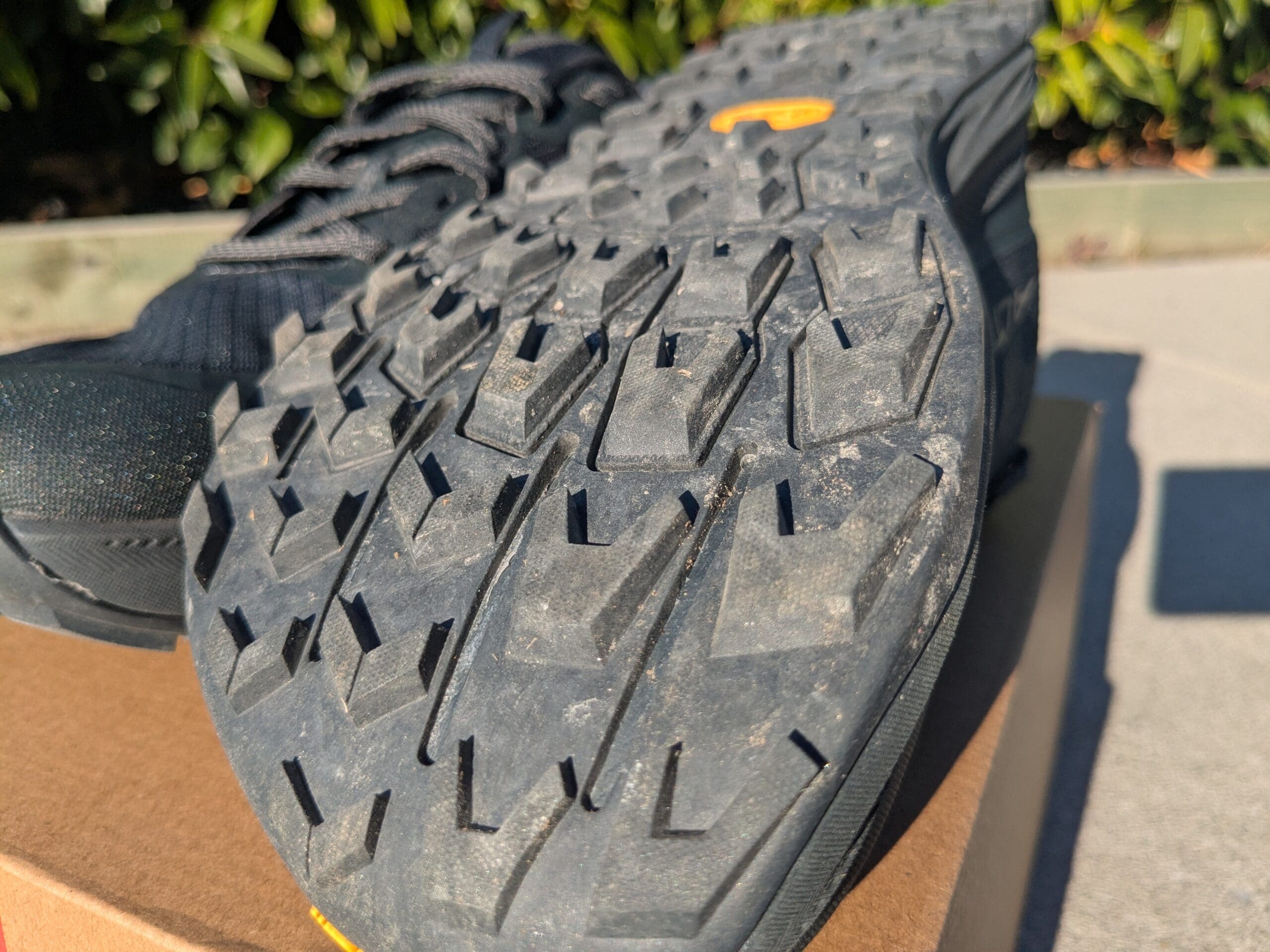
The toe protection genuinely works for hiking applications. I’ve kicked countless rocks and roots without any toe bruising – something I can’t say about thinner trail shoes. The reinforced toe cap extends well back from the toe, providing protection during the inevitable stumbles that happen on technical terrain.
The volume can work against you on technical terrain if your foot runs narrow. On steep descents, the extra space can allow your foot to slide forward, potentially creating hot spots. If you have a narrow foot shape, you’ll need to experiment with thicker socks or aftermarket insoles to achieve a more secure fit.
Sizing runs about a half-size long compared to most athletic shoes. I wear a size 10 in most running shoes but found the 9.5 in Lone Peak 9+ perfect for hiking with room for swelling and thicker socks.
Best for: Multi-day hiking, rocky terrain, hikers transitioning from traditional boots, anyone who prioritizes comfort over precision fit
Affiliate Disclosure: By clicking through the links on this page and purchasing the products, you’ll be helping me out. This is done because I receive a kickback from the sellers at no extra cost to you! Thank you so much for supporting us!
Altra Lone Peak 9+
Type: Trail
Width: Wide
Stack height: 25mm
Weight: 10.5oz / 298g
The best all-around zero drop hiking shoe with excellent volume accommodation and protection. Read the full Review
Best for Technical Terrain: Altra Superior 7
The Altra Superior 7 is designed for hikers who need to feel exactly what’s under their feet. At 21mm stack height, you get meaningful protection from sharp rocks while maintaining the ground connection essential for technical balance moves. These work well on Class 2 scrambling terrain where precise foot placement is critical.
The more fitted design compared to the Lone Peak makes it ideal for technical terrain that requires precision. For a detailed comparison of these two models, check out my Superior 7 vs Lone Peak 9+ comparison. When I’m navigating loose talus or making delicate balance moves across stream crossings, I don’t want any slop or uncertainty in how my foot sits in the shoe.
The MaxTrac outsole provides exceptional grip on varied surfaces. On wet granite slabs and similar technical terrain, these shoes maintain traction where other trail shoes struggle. The 4mm lug depth handles both hard and soft surfaces effectively without collecting excessive debris.
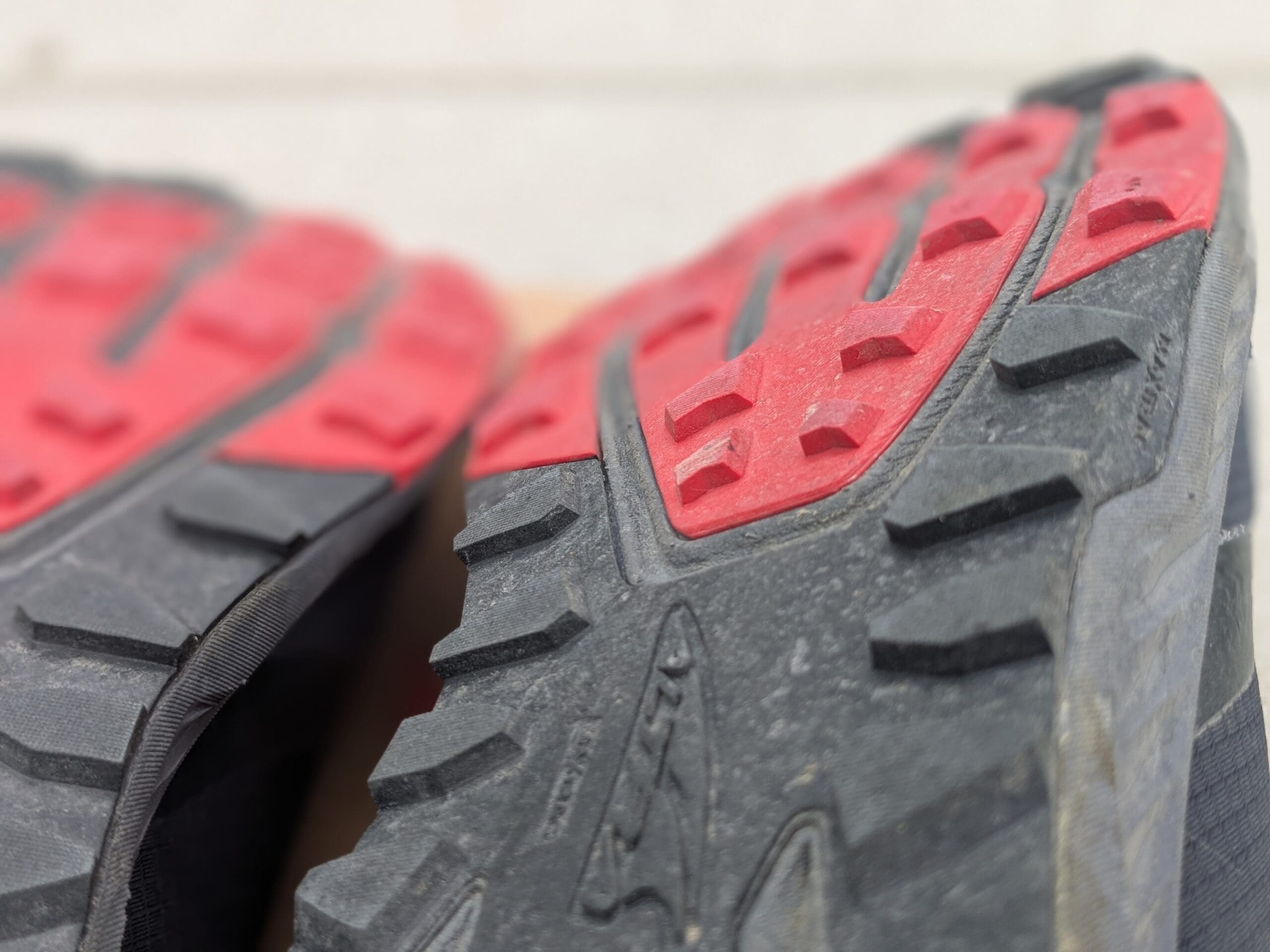
Durability limitations become apparent with heavy pack use and high-mileage hiking. The lightweight construction that makes this shoe so responsive also makes it more vulnerable to wear. The upper materials may show wear earlier than more robust designs like the Lone Peak construction.
The shallower volume can be challenging for hikers who need thick socks or have high-volume feet. If you typically wear medium to thick hiking socks, you may find these shoes uncomfortably snug, especially as your feet swell during long days.
Sizing runs true to most athletic shoes but with less volume than the Lone Peak. I use the same size as my running shoes, but if you need more room, consider switching to a thinner insole rather than sizing up.
Best for: Technical day hiking, scrambling terrain, experienced minimal shoe users, hikers who prioritize precision over maximum cushioning
Affiliate Disclosure: By clicking through the links on this page and purchasing the products, you’ll be helping me out. This is done because I receive a kickback from the sellers at no extra cost to you! Thank you so much for supporting us!
Altra Superior 7
Type: Trail
Width: Mid-Wide
Stack height: 21mm
Weight: 9.5oz / 269g
Precise zero drop hiking shoe designed for technical terrain and precise foot placement. Read the full Review
Best Minimalist Option: Xero Shoes Scrambler Low EV
The Xero Shoes Scrambler Low EV brings serious minimalist philosophy to trail hiking. With approximately 14mm total stack height, you’re getting into true minimal territory while maintaining adequate trail protection. These work well for technical day hikes where maximum ground connection is desired.
The Michelin rubber outsole delivers exceptional grip on technical terrain, especially in wet conditions. On wet rock surfaces and loose terrain, the traction consistently outperforms more cushioned competitors. The aggressive 4mm lug depth clears mud effectively without collecting debris that reduces grip.

The shoe’s flexibility allows your foot to adapt naturally to uneven terrain in ways that transform your hiking experience. Your foot can literally wrap around rocks and conform to root contours, dramatically improving your balance and stability on technical ground. This is minimalist shoe design at its best – working with your foot’s natural mechanics rather than against them.
The learning curve is significant for hikers coming from traditional footwear. Your feet, calves, and lower legs need time to adapt to the increased workload that comes with minimal cushioning and maximum ground connection. Start with shorter distances and build gradually.
Protection limitations become apparent on extended rocky terrain. While adequate for most hiking conditions, sustained sharp rock terrain can become uncomfortable without more underfoot protection. This is particularly noticeable on longer hikes with constant small sharp rocks underfoot.
Sizing runs true to athletic shoe sizing, but the toe box is genuinely wide. I wear my normal size 10, but if you have an especially wide toe splay, you might benefit from going up a half size for additional comfort on longer hikes.
Best for: Experienced minimal shoe users, technical terrain requiring maximum ground feel, hikers focused on foot strength development, shorter to moderate distance hikes
Affiliate Disclosure: By clicking through the links on this page and purchasing the products, you’ll be helping me out. This is done because I receive a kickback from the sellers at no extra cost to you! Thank you so much for supporting us!
Xero Shoes Scrambler Low EV
Type: Trail
Width: Wide
Stack height: 14mm
Weight: 9.9oz / 280g
Minimalist zero drop trail shoe with exceptional grip and flexibility for natural foot movement. Read the full Review
Best for Wide Feet: Freet Feldom 2
The Freet Feldom 2 solves the persistent problem of zero drop shoes that are either too narrow or have sloppy volume distribution. At 10.5mm stack height, it’s definitively minimal, but the flexible construction and natural foot shape make it remarkably comfortable for a shoe with so little cushioning. These work well for technical day hikes.
The generous width extends beyond just the toe box to include a truly wide midfoot and heel. This creates a more natural fit for people whose feet are wide throughout, not just at the toes. Many zero drop shoes give you a wide toe box but then narrow dramatically at the midfoot, creating pressure points. This is part of the hidden dangers of narrow toe boxes that traditional footwear has normalized.
Flexibility compensates for the minimal cushioning in ways that genuinely surprise hikers coming from thicker shoes. The shoe’s ability to flex and conform to natural foot movement patterns can eliminate the hot spots and pressure points that often occur in minimal shoes over longer distances.
The aggressive 6mm lug pattern handles varied terrain conditions exceptionally well. From muddy sections to loose rocky terrain, the outsole design provides reliable traction without collecting excessive debris. The spacing between lugs is wide enough that mud and small rocks clear naturally during normal walking motion.
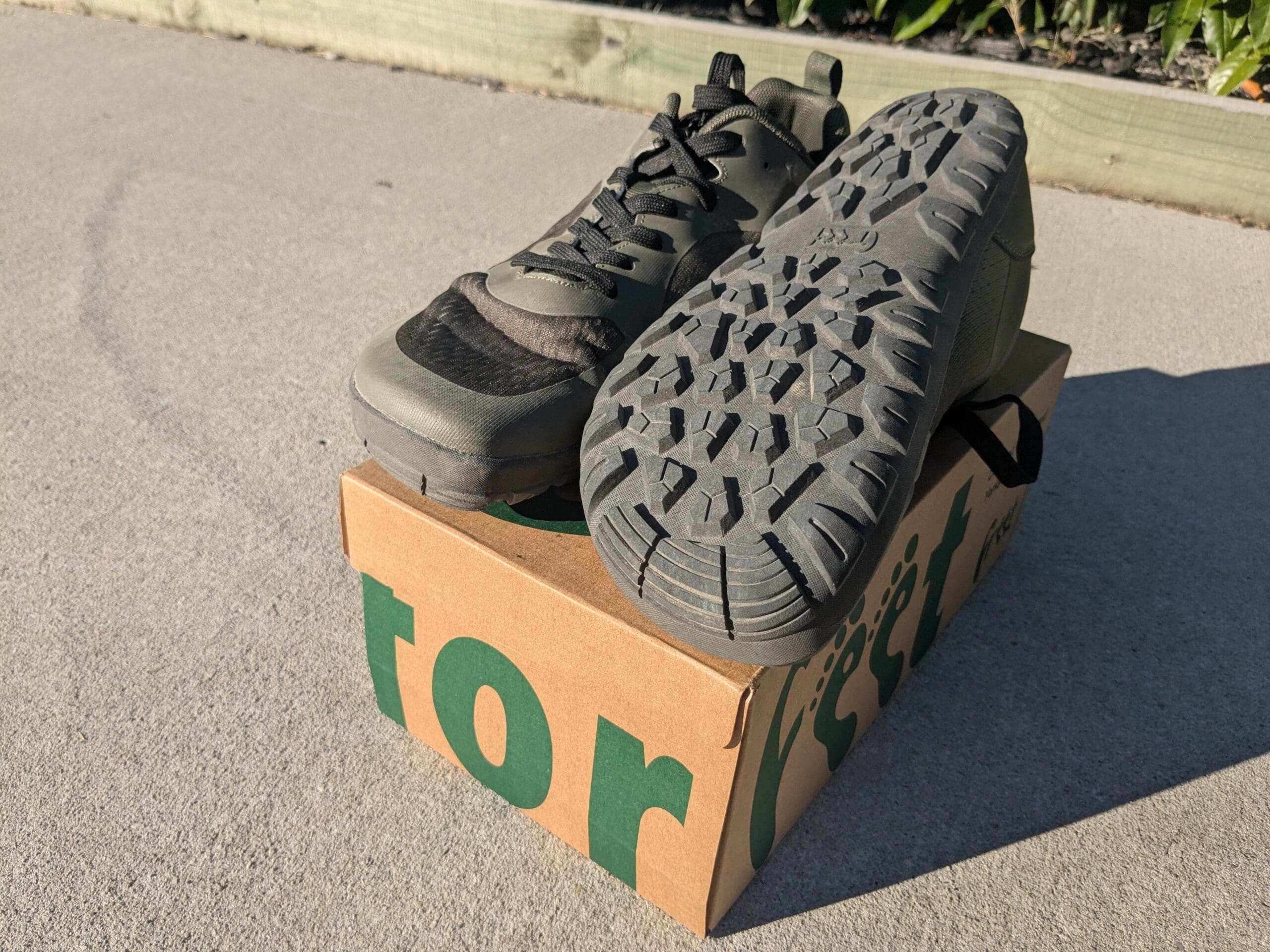
Heel security can be challenging for hikers with narrow heels relative to their forefoot width. The generous fit that makes this shoe excellent for wide feet can create heel slippage issues during steep descents, though this typically doesn’t cause blisters or significant discomfort.
Sizing runs true to European sizing standards, which can be confusing for US hikers. I normally wear a US 10 but needed a EU 43 in the Feldom 2. Reference their size chart carefully and consider that these shoes accommodate wide feet without requiring you to size up.
Best for: Wide-footed hikers, technical terrain that benefits from flexibility, experienced minimal shoe users, shorter to moderate distance hiking where maximum ground feel is prioritized
Affiliate Disclosure: By clicking through the links on this page and purchasing the products, you’ll be helping me out. This is done because I receive a kickback from the sellers at no extra cost to you! Thank you so much for supporting us!
Freet Feldom 2
Type: Trail
Width: Wide
Stack height: 10.5mm
Weight: 8.5oz / 241g
True minimal zero drop hiking shoe designed specifically for wide feet with excellent flexibility. Read the full Review
Rocky, Technical Terrain
For sustained rocky terrain with sharp edges and technical scrambling moves, prioritize underfoot protection and precise fit. For this terrain type, the Altra Superior 7 offers the best balance of protection and ground feel.
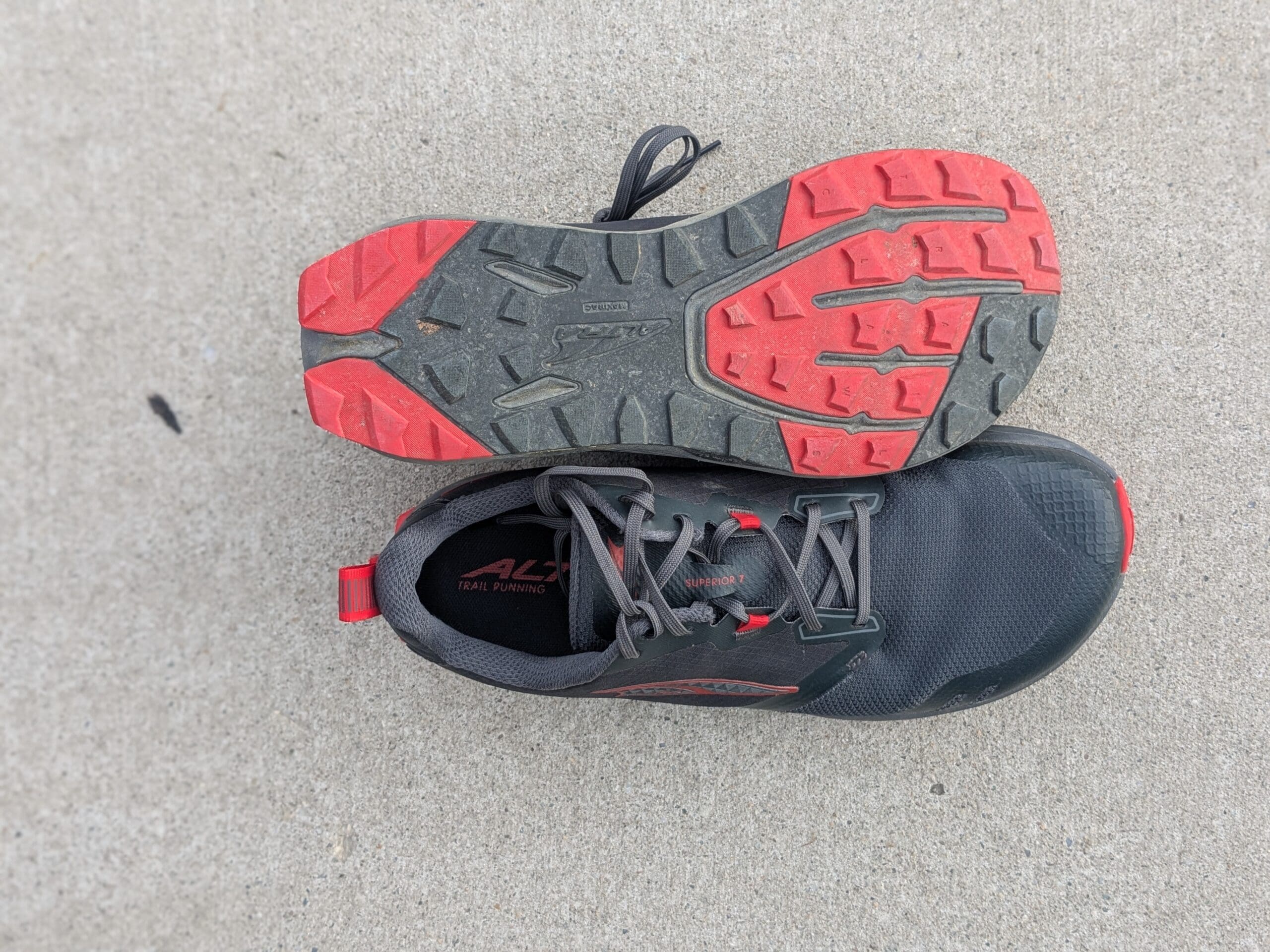
Key features that matter: Substantial toe protection that extends back from the toe cap, precise heel lockdown that prevents slippage during delicate moves, sole thickness of 20-25mm to handle sharp edges without excessive bulk that reduces your ability to feel foot placement.
What to avoid: Overly cushioned shoes that disconnect you from critical terrain feedback, excessively loose fits that create uncertainty during technical moves where precision matters.
Multi-Day Hiking with Packs
Extended hiking with overnight gear requires prioritizing comfort and volume accommodation over precision. For multi-day trips with substantial pack weight, the Altra Lone Peak 9+ is the clear choice for its ability to handle foot swelling and provide sustained comfort over long distances.
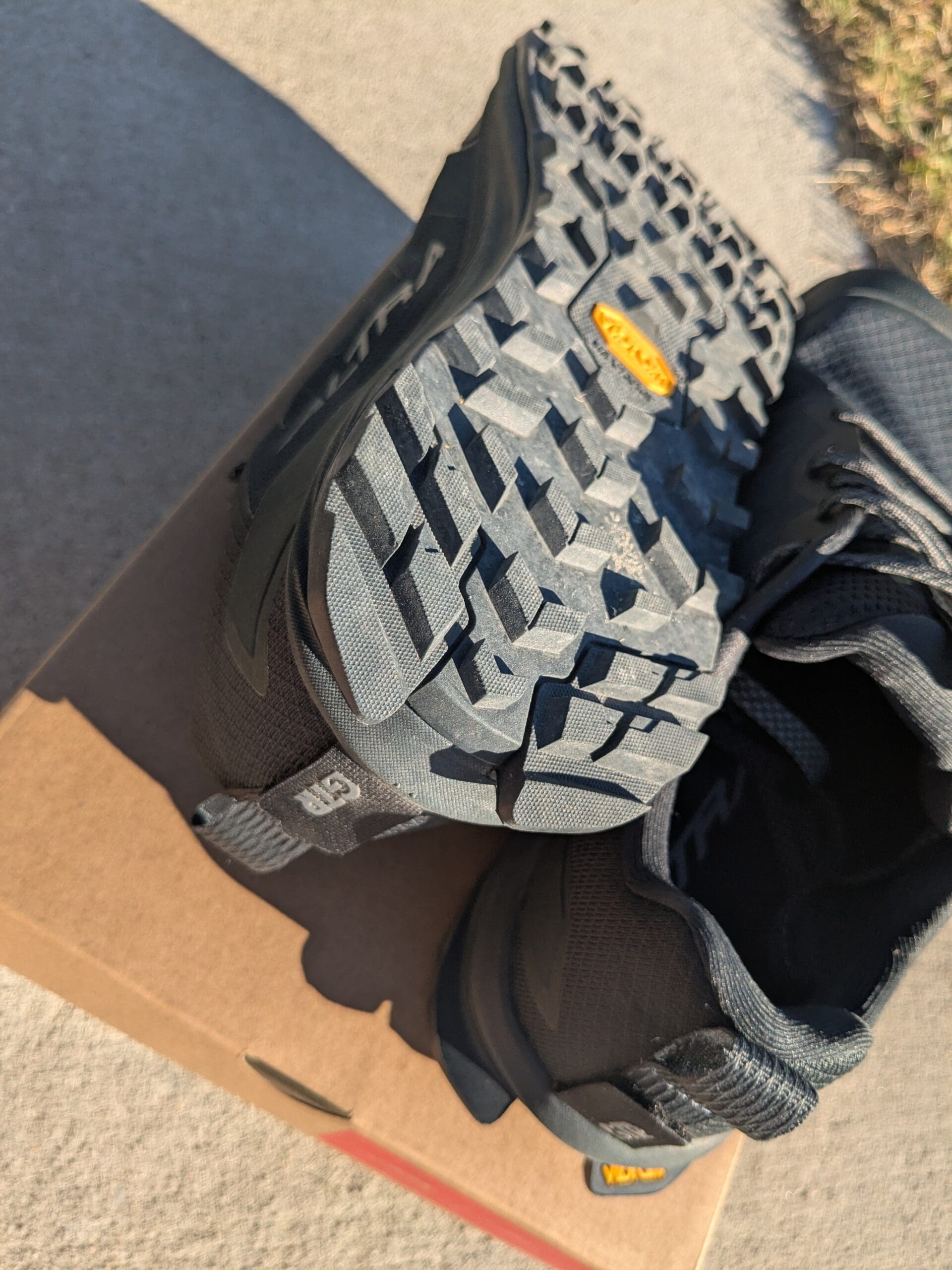
Key features that matter: Generous volume that accommodates foot swelling without creating pressure points, substantial cushioning to handle the increased impact forces from pack weight, durable construction that maintains performance over consecutive long days.
What to avoid: Minimal shoes that will fatigue your feet under pack weight before you’ve built sufficient foot strength, tight fits that become painful torture devices as feet swell during long days.
Muddy, Soft Terrain
In consistently muddy conditions, aggressive tread patterns and mud-shedding ability matter more than underfoot cushioning. Both the Xero Scrambler Low EV and Freet Feldom 2 excel in these conditions.
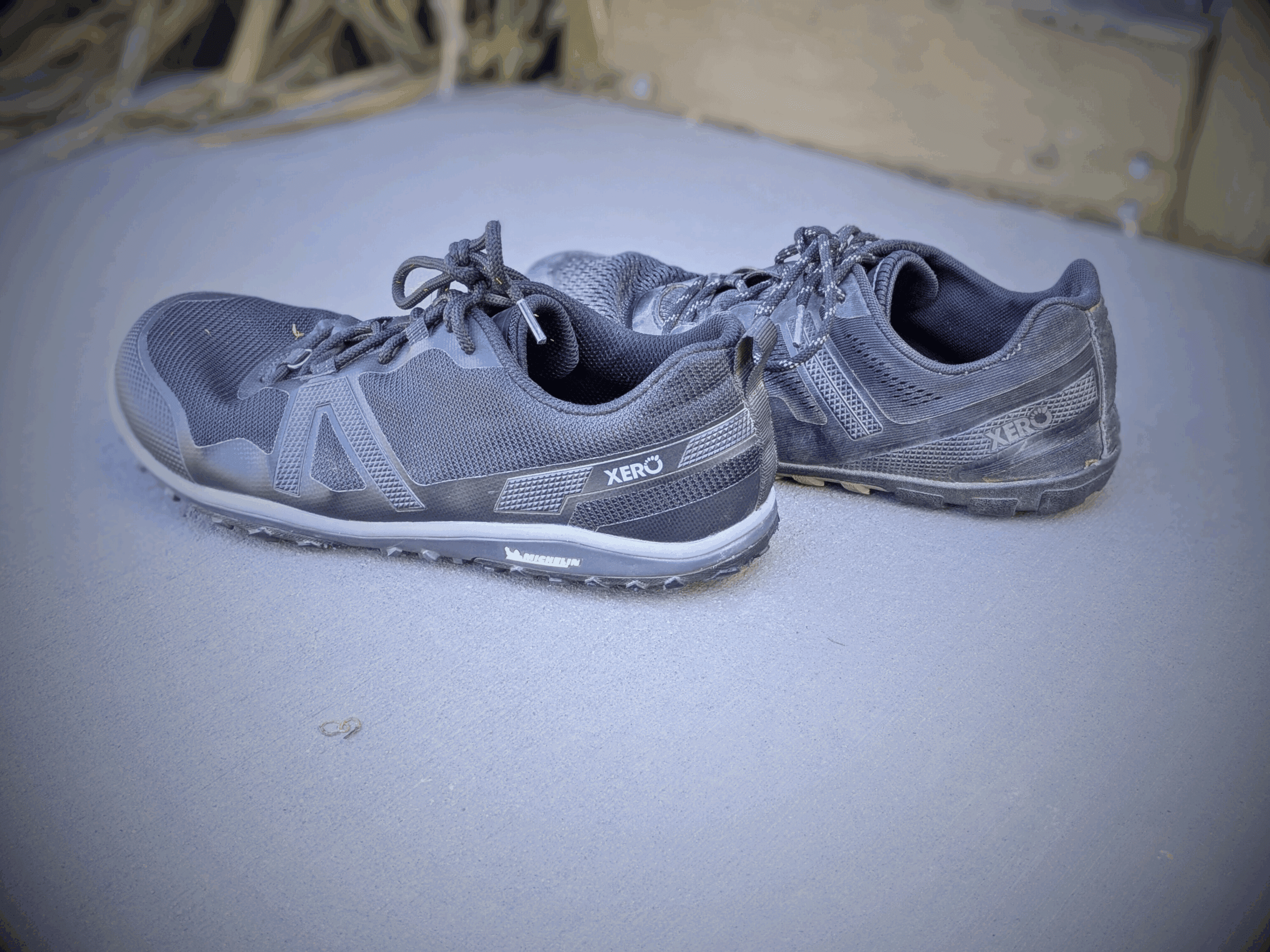
Key features that matter: Deep lugs (4mm+) with wide spacing that shed mud effectively, flexible construction that maintains ground contact and grip as the shoe flexes with uneven terrain.
What to avoid: Shallow tread patterns that quickly clog with mud and become slippery, rigid soles that can’t adapt to soft, constantly changing surfaces.
Day Hiking on Moderate Terrain
For well-maintained trails without sharp rocks or technical challenges, you can prioritize the foot-strengthening benefits of minimal shoes. This is where the Xero Scrambler Low EV and Freet Feldom 2 shine, allowing you to develop natural movement patterns without worrying about protection limitations.
Key features that matter: Maximum ground feel for natural movement pattern development, lightweight construction that reduces fatigue over longer distances, flexibility that allows your foot to work as nature intended.
What to avoid: Over-cushioned shoes that prevent natural foot function on moderate terrain where protection isn’t the primary concern, traditional boots that are overkill for well-maintained trail conditions.
After extensive testing of zero drop hiking shoes across diverse terrain types, here are my top picks:
For most hikers: Altra Lone Peak 9+ – The best balance of comfort, protection, and zero drop benefits for general trail use. If you’re new to zero drop or prioritize comfort over precision, start here.
For technical terrain: Altra Superior 7 – Precise fit with excellent ground connection for challenging trails requiring delicate footwork and balance.
For minimalist experience: Xero Scrambler Low EV – Exceptional grip with authentic ground feel for experienced users who want maximum foot strengthening benefits.
For wide feet: Freet Feldom 2 – Superior width accommodation throughout the entire foot with genuinely flexible minimal design.
The key to success with zero drop hiking shoes is patience and proper progression. Start slowly, prioritize proper fit over trendy features, and give your feet time to adapt to their new working conditions. When chosen correctly and introduced gradually, zero drop hiking shoes can transform both your trail experience and long-term foot health.
Your feet are remarkably adaptable when given the chance to function naturally. The trail doesn’t care what’s on your feet, but your feet, legs, and overall hiking experience certainly do. Choose wisely based on your specific needs and terrain, transition gradually to avoid overuse injuries, and your feet will reward you with stronger, more capable performance on whatever terrain you choose to explore.

